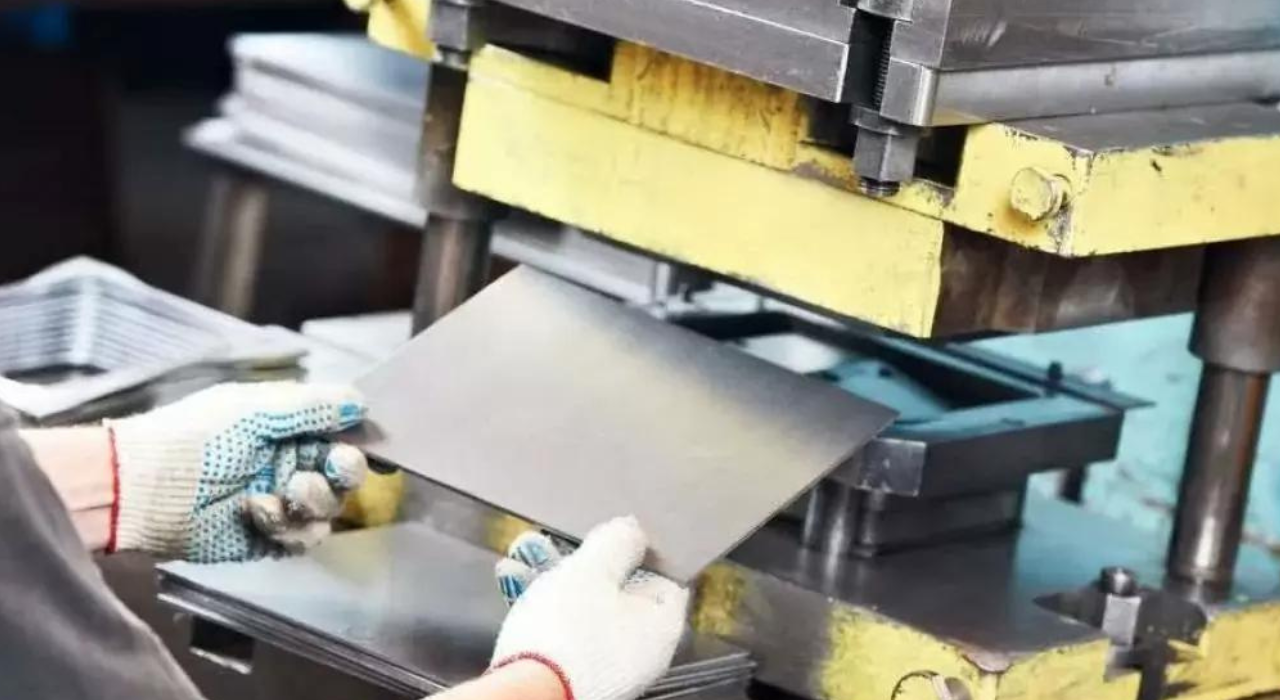Laser-cutting tech has changed metal manufacture. It gives super precise cuts, making it faster and easier. Now, companies can create detailed designs and parts that were tough or even impossible to make before with old cutting methods. Laser-cutting technology changes the game for making metal parts. It offers amazing precision & efficiency. A strong, focused laser beam cuts through metal.
Plus, laser cutting fits a lot of different materials & thicknesses. This allows for really cool designs and complex shapes just done with great accuracy plus, it helps cut down on waste. The metal cutting laser makes such a narrow cut, which means less scrap and more savings. This flexibility means less post-processing and maintenance too. So many benefits come from using laser cutting in metalwork.
As businesses want more precision & speed, this technology is key to getting better results in making stuff.
Laser Cutting technology Work on Metal Creation
Laser-cutting technology has changed the metal creation industry by giving a scope of advantages that improve both the proficiency and nature of the assembling system. This is the way laser-cutting technology works on metal creation:
Accuracy Cutting
Laser cutting offers outstanding accuracy, taking into consideration unpredictable and complex shapes to be cut with high precision. The engaged laser shaft can accomplish tight resistances and fine subtleties that are challenging to achieve with conventional cutting techniques. This accuracy guarantees that metal parts fit impeccably and meet rigid plan details.
Decreased Material Waste
The thin laser bar limits how much material is lost during the cutting system. This accuracy lessens scrap and guarantees that a greater amount of the unrefined substance is utilized successfully, prompting cost reserve funds and more economical assembling rehearses.
Sped up
Laser-cutting technology works at high paces, empowering quicker creation times contrasted with ordinary techniques. This sped-up means more limited lead times and a faster circle back for projects, working on general work processes, and proficiency in metal manufacture.
Flexibility in Materials
Laser slicing can be applied to a great many materials, including different kinds of metals and thicknesses. This flexibility makes it appropriate for assorted applications and enterprises, from cars to aviation, and takes into consideration the production of intricate parts from various metal combinations.
Improved Edge Quality
Laser cutting produces perfect, smooth edges with a negligible requirement for post-handling. The excellent completion diminishes the requirement for extra work, for example, sanding or deburring, which can additionally smooth out the assembling system and work on the general nature of the result.
Interesting points While Utilizing Laser Cutting technology
While using laser cutting technology, it is critical to think about elements like the material’s sort and thickness, as various materials might require various settings and changes. By tackling the force of laser technology, makers can deliver excellent metal parts with insignificant material waste and quicker completion times.
Moreover, understanding the abilities of the laser cutting machine and guaranteeing it meets the particular necessities of your task can assist with accomplishing ideal outcomes. Legitimate upkeep of the gear is likewise urgent to forestall issues and guarantee predictable execution. Its capacity to deal with different metal composites and thicknesses makes it an ideal decision for assorted applications across ventures, for example, auto, aviation, and hardware.
Conclusion
Laser-cutting technology upgrades metal creation by giving exact, effective, and flexible cutting arrangements. With its capacity to decrease material waste, speed up, and convey top-notch results, laser slicing ends up being a priceless device in present-day fabricating. By taking into account key factors, for example, material sort and hardware support, organizations can expand the advantages of this trend-setting technology.

